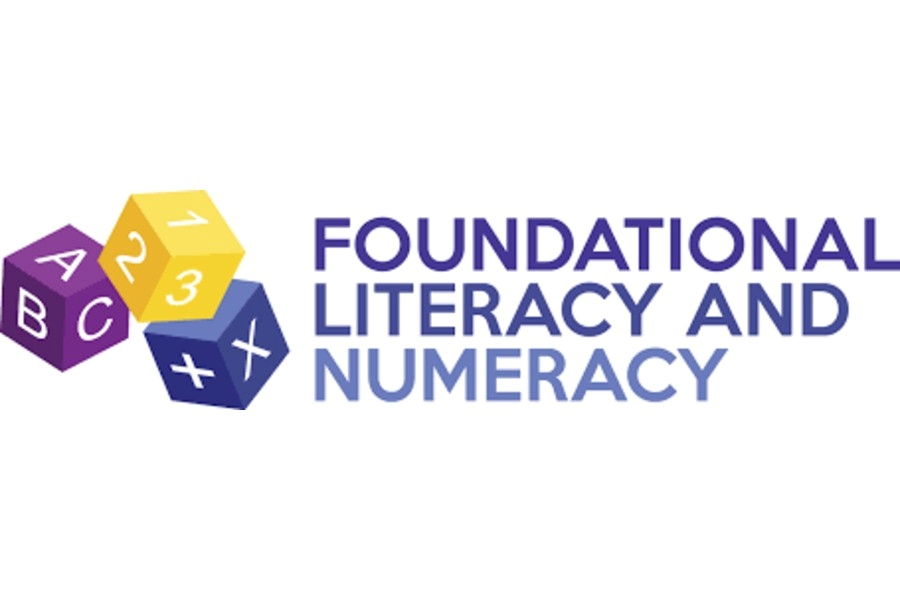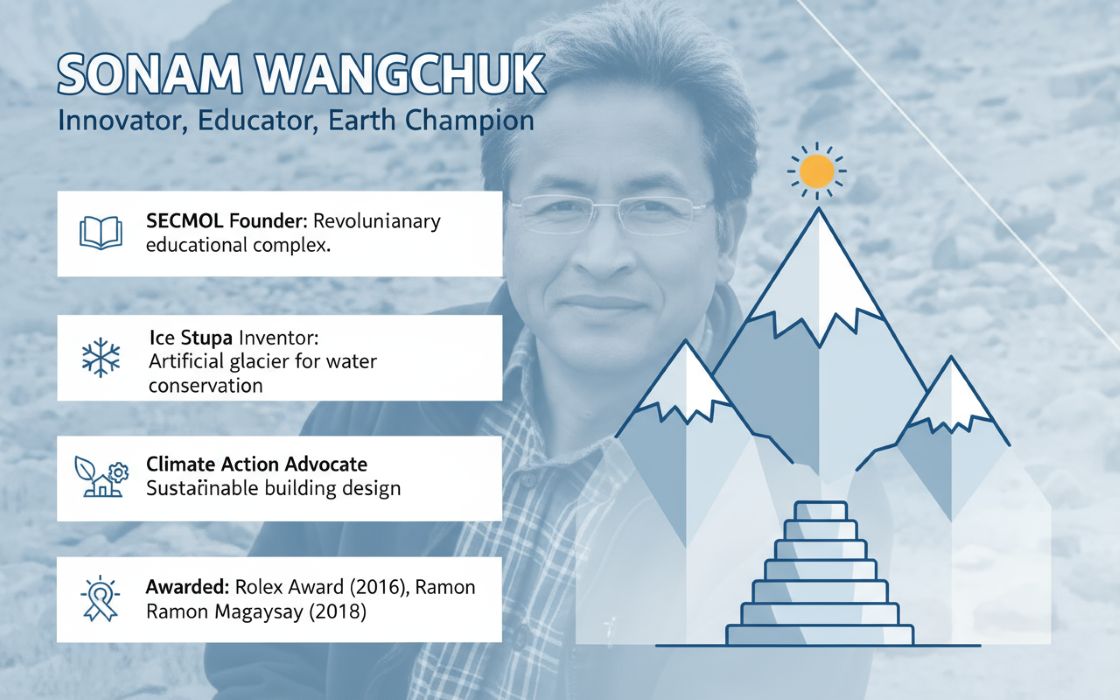Access to safe drinking water is a critical yet often overlooked component of environmental sustainability and community well-being. In rural India, millions still grapple with the devastating consequences of contaminated water sources, perpetuating cycles of poor health, economic setbacks, and inequality. Naandi Community Water Services Pvt. Ltd. (Naandi Water) is on a mission to transform this landscape by delivering affordable, sustainable, and high-quality water solutions tailored to underserved communities.
From addressing systemic issues like water contamination to fostering grassroots ownership and local job creation, Naandi Water’s hybrid approach is as innovative as it is impactful. In this interview with TheCSRUniverse, Divya Yachamaneni, CEO of Naandi Water, sheds light on the organization's mission, unique service delivery model, and the vital role of technology and community collaboration.
Read below to explore how Naandi Water is tackling some of the most pressing challenges in the water sector, empowering communities, and scaling its impact for a healthier, more equitable future.
Q. How does Naandi Water's mission to provide safe drinking water align with the broader vision of the Naandi Foundation, and how do you measure success in achieving this mission?
A. Naandi Water's mission is deeply rooted in the ethos of the Naandi Foundation, which is to create lasting and impactful change for underserved communities. Access to safe drinking water is one of the most fundamental human rights, yet millions in India lack this basic necessity. Naandi Foundation has always believed in addressing systemic issues that perpetuate inequality, and water accessibility aligns perfectly with this goal.
The ethos of Naandi Foundation has always been to believe in the power of community driven transformation to fight poverty or reclaim community’s prosperity by deeply and intently listening to them to understand their unique challenges and help them create a path to resilience. As a Daughter Company, Naandi Water still holds these principles very close to its heart and DNA.
Our measure of success goes beyond simply providing clean water. We look at health indicators in the communities we serve—such as the reduction in waterborne diseases like diarrhea and cholera—as well as improvements in livelihoods and education. Community participation and sustainability are also critical metrics for us. If a community can independently manage its water center years after we’ve handed it over, we know we’ve made a lasting impact.
We see success more as a spectrum at various levels along a period of time than like 1 big indicator of success. Just the fact that we drive a lot of scientific quality consciousness for drinking water through lab reports display, PH strips, preventive maintenance and persuading communities to demand for quality and pay for service is one level of success. Local job creation and community ownership are also very important parameters for us. Eventually the health impact we see in reduction of water borne disease and sustainability of the water centre for years after handing over the centre back are some of the other impacts that we try to capture
Q. What are the primary challenges faced by rural communities in accessing safe drinking water, and how does Naandi Water address these challenges effectively?
A. The challenges are multi-fold. First, contamination of water sources with harmful chemicals like fluoride and arsenic poses a significant health risk. Second, there’s often a lack of infrastructure to treat and distribute clean water effectively. Third, social and economic divides within villages can sometimes prevent equitable access to resources.
Naandi Water tackles these issues through a decentralized approach. Our Community Water Centers (CWCs) are designed to treat water at the source, addressing contamination directly. We also focus heavily on community mobilization to ensure equitable access and ownership. By involving local Panchayats and creating awareness about the importance of safe water, we bridge social divides. Additionally, we implement rainwater harvesting and other water sustainability practices to address long-term resource challenges.
Q. Could you elaborate on Naandi Water's unique service delivery model? How do you ensure seamless integration between local governments, communities, and technology partners?
A. Our service delivery model is built on a hybrid approach that combines cutting-edge technology with grassroots community engagement. Each water center uses advanced purification technology tailored to local challenges—whether it’s fluoride contamination or microbial impurities. However, technology is only part of the solution.
We work closely with local governments, primarily Gram Panchayats, to ensure buy-in and long-term sustainability. Panchayats provide land and infrastructure support, while we manage the setup and initial operations. Community participation is at the heart of our model—we train local people to run and maintain the centers. To bridge any gaps, we collaborate with technology partners for real-time monitoring systems, ensuring operational efficiency. This integrated approach ensures that all stakeholders are aligned and invested in the project’s success.
Q. What role do local governments (Gram Panchayats) play in ensuring the sustainability of water systems, and how do you foster their engagement and accountability?
A. Gram Panchayats are vital to the long-term success of our water systems. They provide the land, support community mobilization, and eventually take over the management of the water centers. For us, it’s not just about installing a system—it’s about creating a partnership that empowers local governance.
To foster engagement, we involve Panchayat leaders from the outset. We believe in Free, Prior, Informed Consent and explain our model to the Panchayats in Gram Sabhas, allow space for taking the general FAQs, clear their doubts/fears and then go ahead with the installation after a community consent. The drinking water user fee is also fixed after due consultations with them depending on the affordability of that village.
The Panchayats are also a very key players in our feedback campaigns.After an initial 7-10 years of Naandi Water's operational oversight, we hand over the water centres back to them
Q. How do you ensure active community participation and ownership in the operation and maintenance of water treatment systems?
A. Active community participation starts with education and awareness. Before setting up a water center, we conduct sessions with local leaders, schoolchildren, and women’s self-help groups to explain the health benefits of safe drinking water and the economic model behind its operation.
In the operational journey - the community is well informed about the basic checkpoints that will assure them of the quality of the water centre like the NABL (National Accreditation Board for Testing and Calibration Laboratories) lab reports displayed in the local language, the Preventive Maintenance charts that are updated with visit timings or other important information about the centre that is shared on Whatsapp.
An open door policy with community and an open production water-centre where water is being purified right in front of their eyes - where anyone can walk in and see helps the community remain actively involved in the operations and maintenance of the water centre.
Q. What role does technology play in your water treatment and delivery systems, and are there any innovative solutions or advancements you are currently exploring?
A. Like mentioned above we are a community driven transformation model and believe technology alone cannot solve problems unless the community’s interest and ownership is piqued in it. But having said this, technology is a cornerstone of our model. From purification systems that address specific local contaminants to automatic dispensing units that provide 24x7 access, we leverage technology to ensure efficiency and accessibility. While it's obvious that Tech plays a deep role in purifying the water to accepted safety standards, we also employ tech as a harbinger of process transparency - which makes it easy for the community to trust us with something as intimate as drinking water.
Currently, we are piloting solar-powered water centers in select locations to reduce reliance on external energy sources. We are also exploring reject water reuse options to minimize waste.
Q. Your model emphasizes affordability and long-term sustainability. Could you explain the significance of the nominal user fee in maintaining operations and reducing reliance on external funding?
A. The nominal user fee is essential for maintaining the operating financial sustainability of our centers. This small contribution from the community covers operational costs like electricity, maintenance, repairs and salaries for local operators. It also instills a sense of ownership—people value what they invest in.
By reducing reliance on external funding for day to day operations, we ensure that the centers remain functional on their own. It's a practical approach that balances affordability for the community with the need for long-term viability.
However we are very conscious that the water user fee is such that it is affordable to all and the initial installation comes from the donor grants.
Q. Beyond providing clean water, how does Naandi Water contribute to broader social and community development, particularly in terms of health and livelihoods?
A. Access to clean water has a ripple effect on community development. Health outcomes improve significantly, as families no longer have to deal with waterborne illnesses. This leads to higher school attendance rates among children and better productivity for adults.
Our centers also create local jobs, from operators to maintenance personnel. Additionally, women—often burdened with the task of fetching water—gain time for education or income-generating activities. By addressing a basic need, we create a foundation for broader social and economic growth.
We also believe that our model of a decentralised, community owned social enterprise model to solve for basic necessities and amenities of the our villages can help in addressing other developmental gaps in those pockets.
Q. What alternative funding models or strategies is Naandi Water exploring to scale its impact and address the evolving challenges of water access in underserved regions?
A. We are exploring innovative funding models like carbon credits, which reward us for reducing emissions where otherwise water is boiled on firewood. Partnerships with CSR donors and government programs also play a key role.
Another exciting avenue is impact investment, where investors support our initiatives in exchange for measurable social outcomes. These diversified funding streams allow us to scale rapidly while staying true to our mission of affordability and sustainability.
Q. What are Naandi Water’s plans for the future in terms of expanding your reach and enhancing the sustainability of your water systems? How do you envision overcoming emerging challenges in the safe drinking water sector in India?
A. Our immediate goal is to expand into more remote areas with high contamination levels. We’re also focusing on quality—ensuring that every community not only has access to water but understands its importance.
On the sustainability front, we’re investing in rainwater harvesting and rejecting water reuse technologies. In the long term, we aim to strengthen community involvement in water quality monitoring and reporting.
Naandi Water has always been a learning organisation adapting to the ecosystem needs since inception. It's not easy to solve for some of the emerging challenges in drinking water like water scarcity or ongoing water quality deterioration. We are open to these challenges and are on a quest to learn the best practices from all relevant stakeholders.

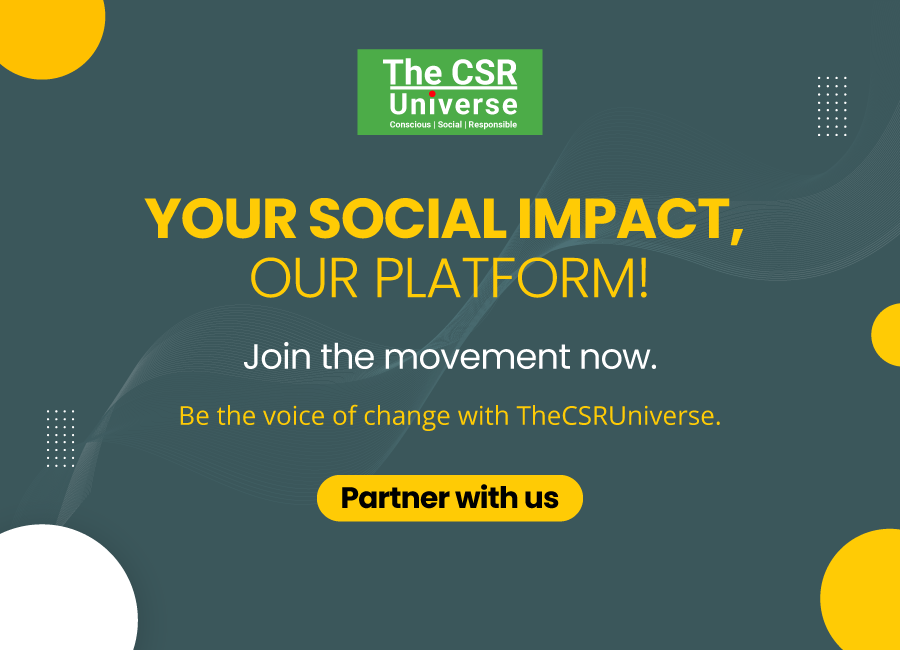

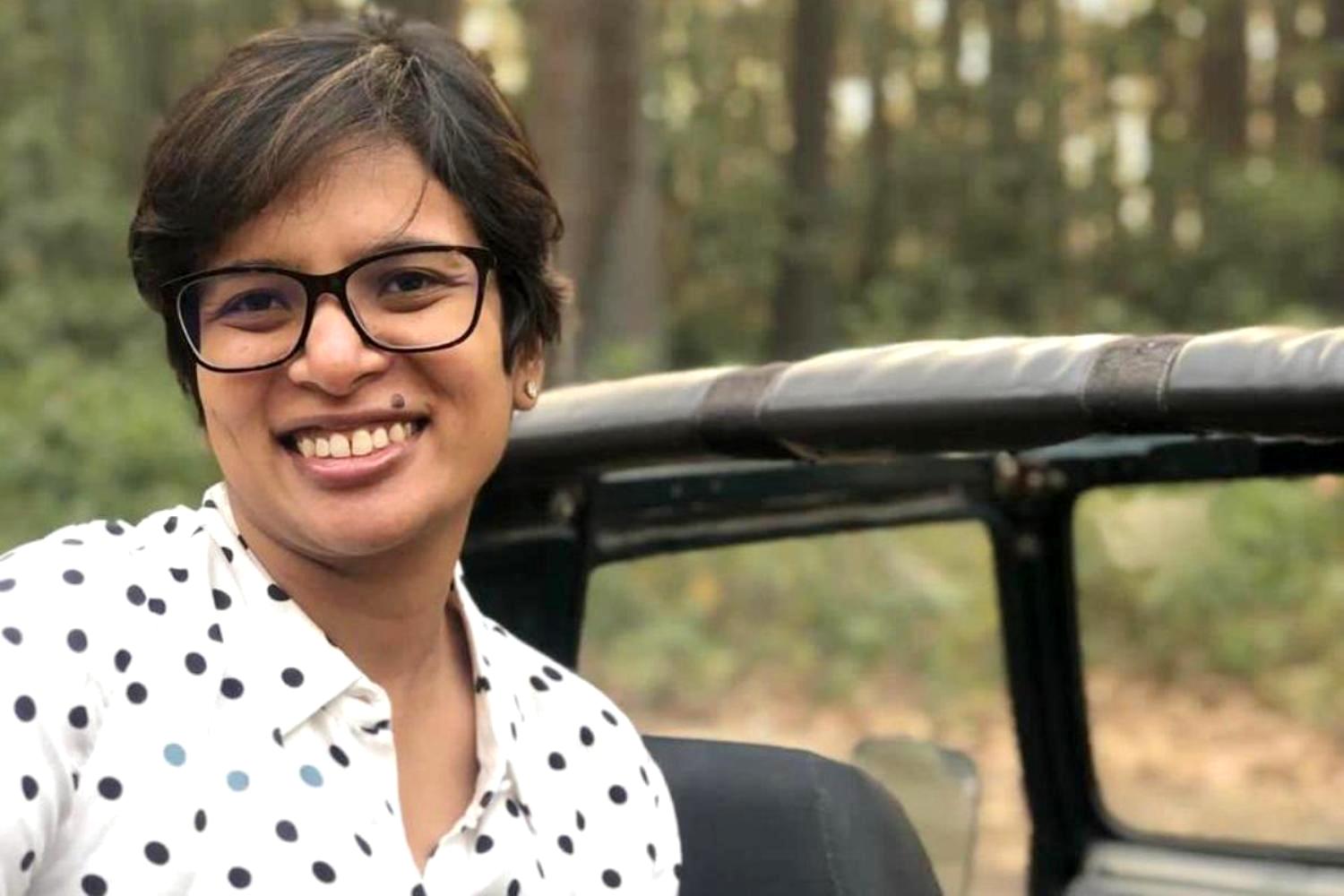


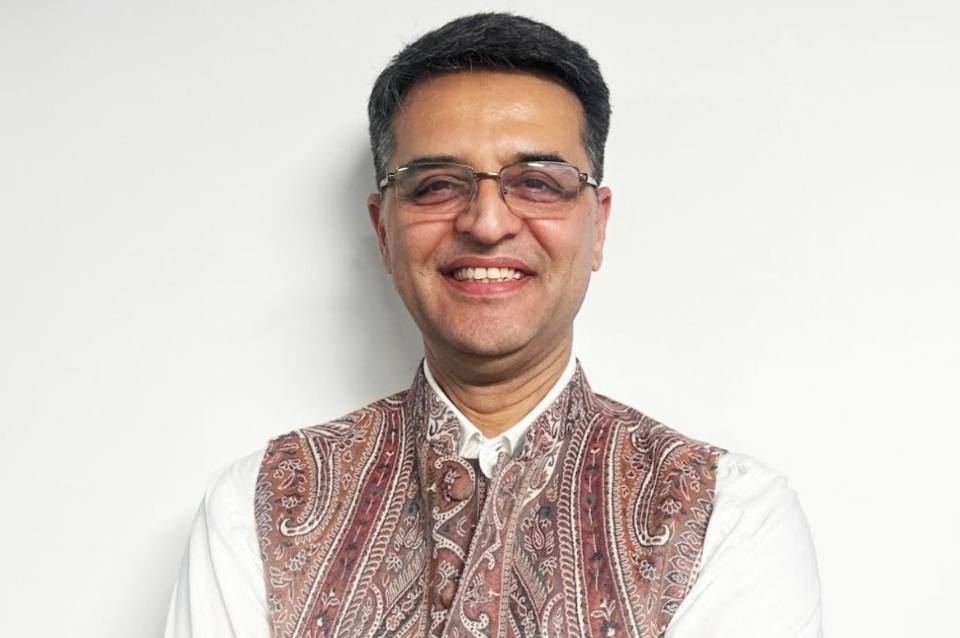
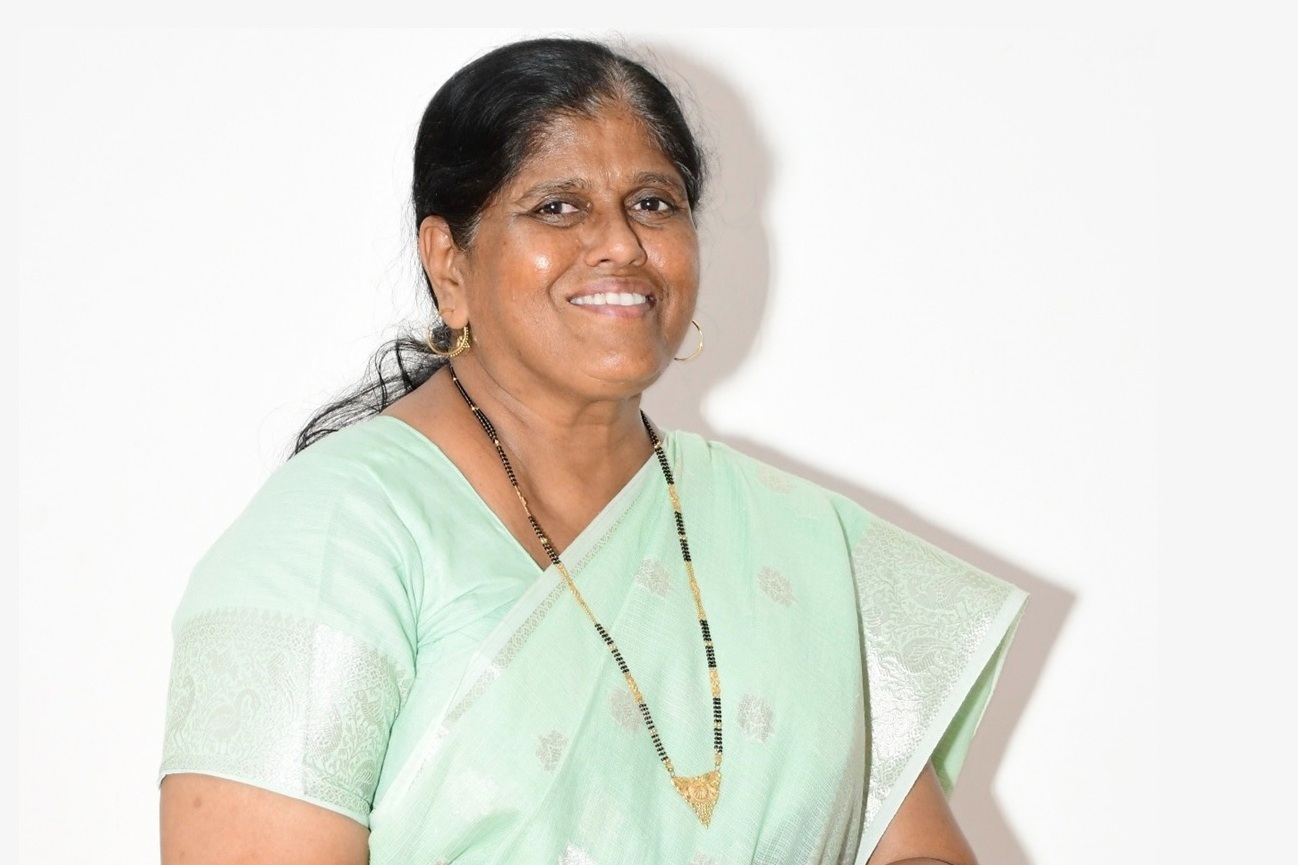


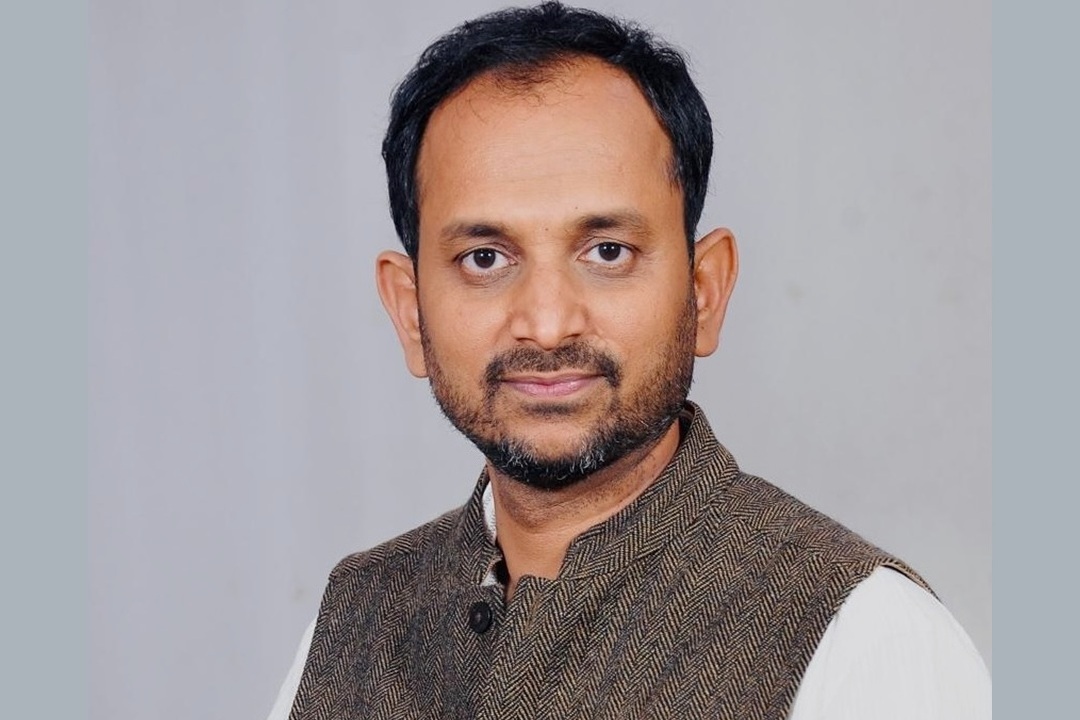
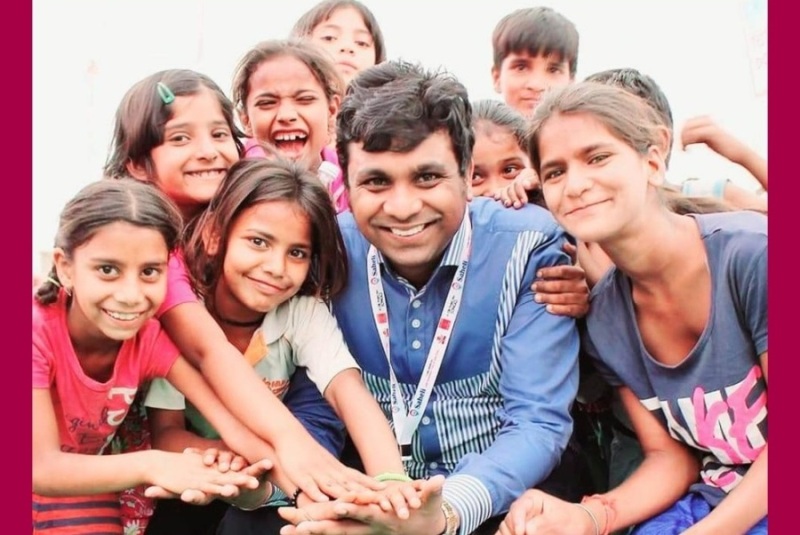
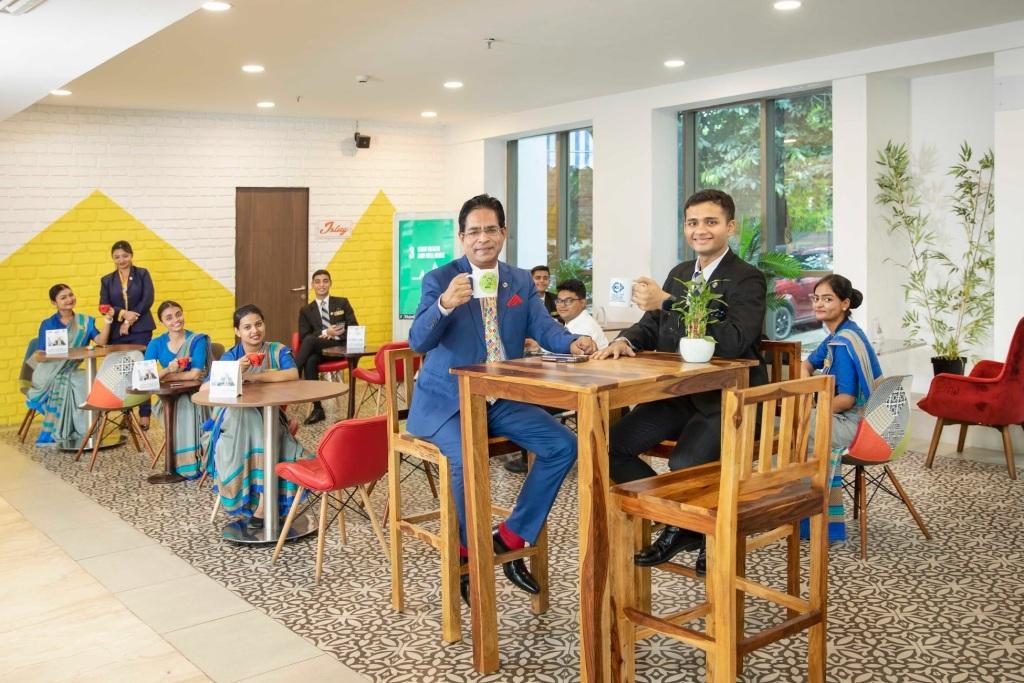
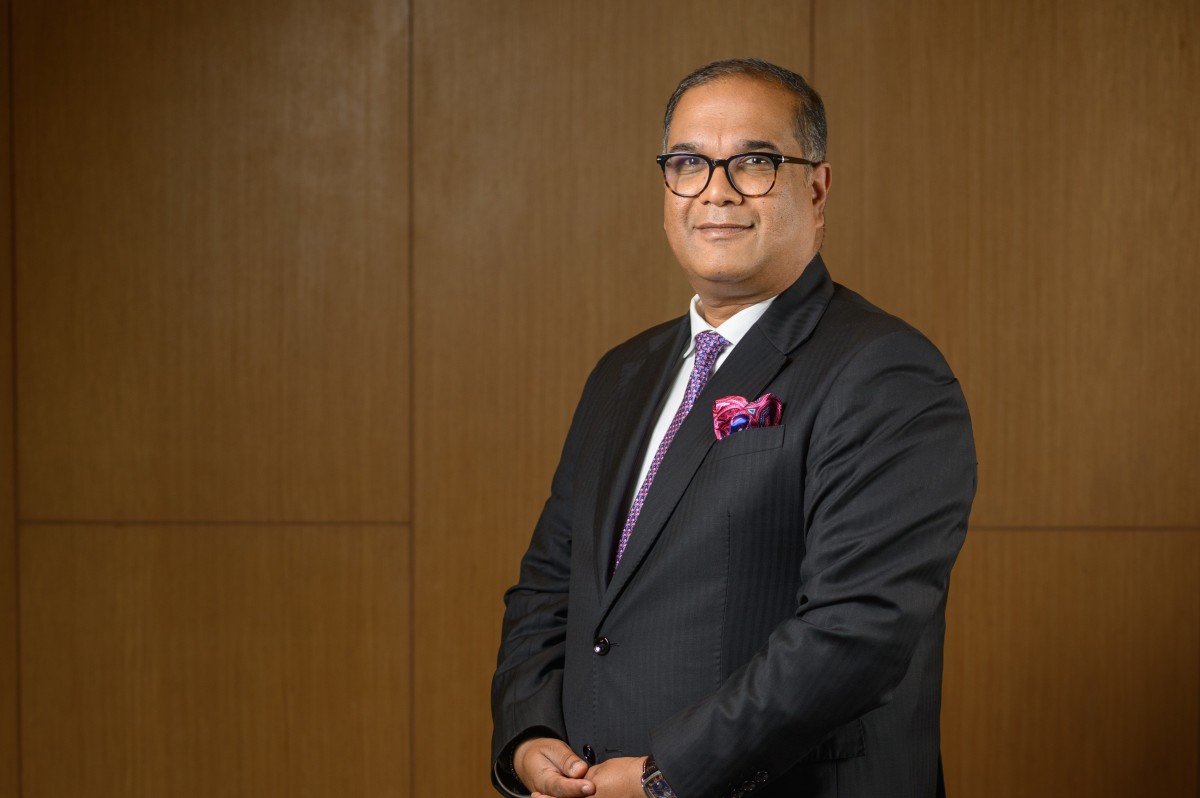
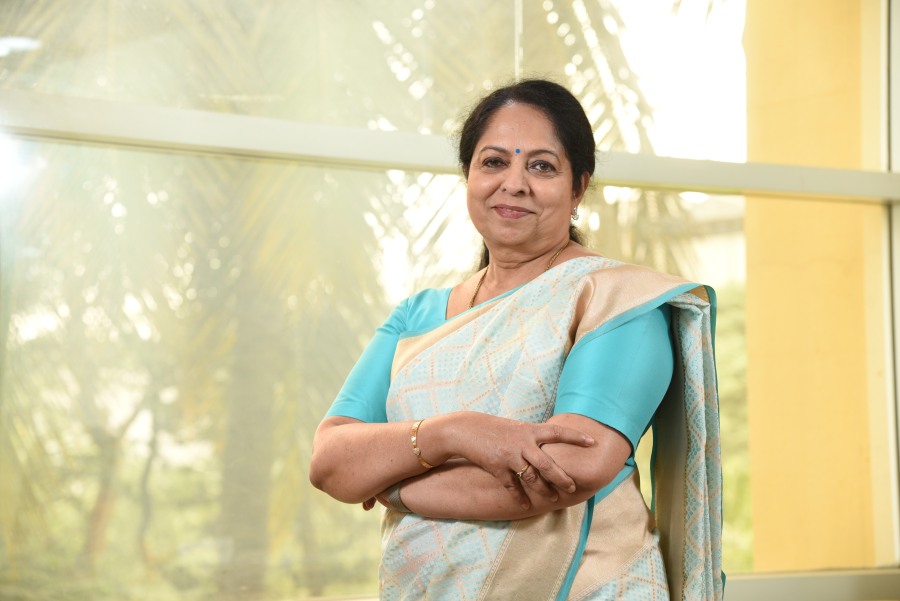
.jpg)
